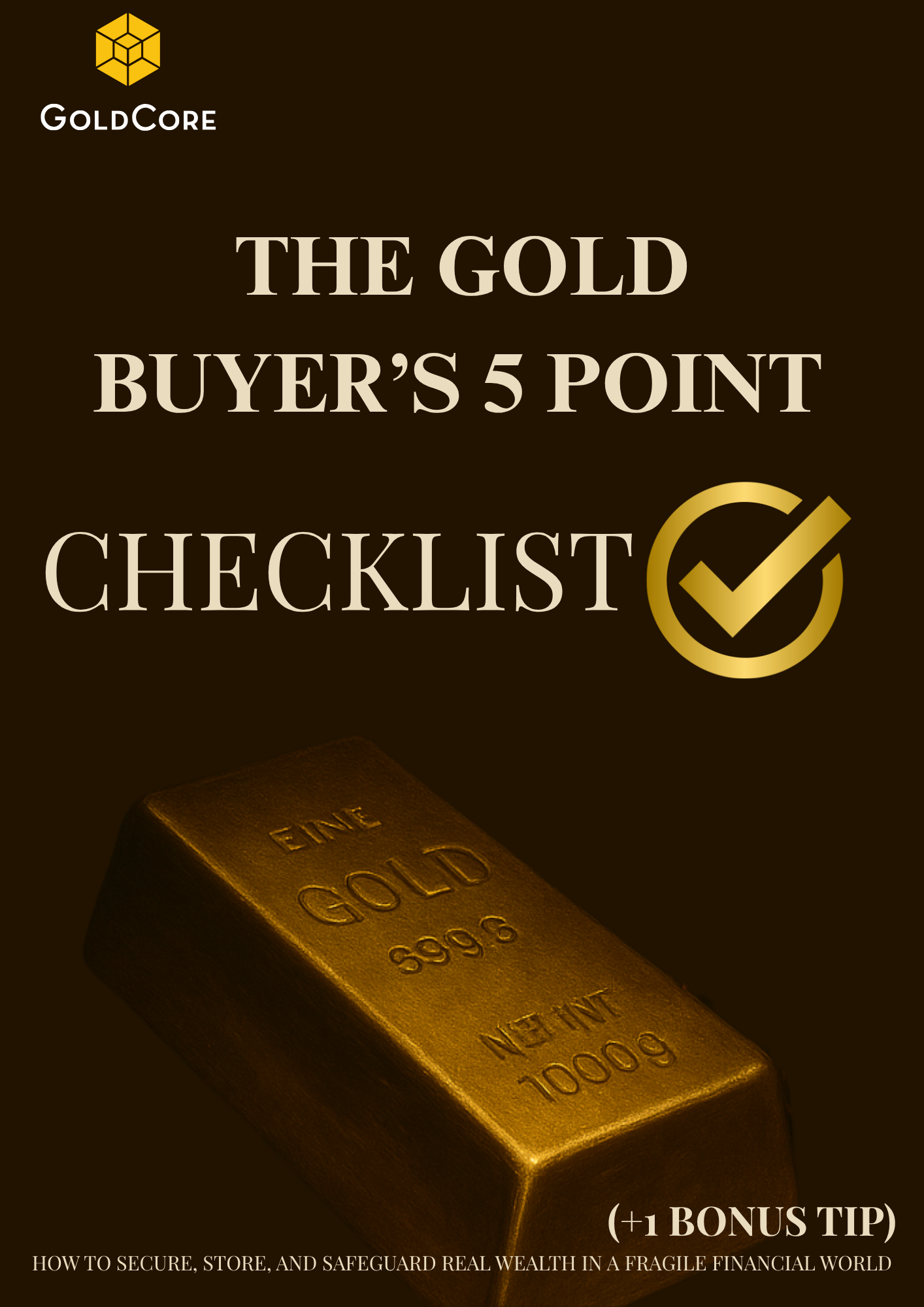Every so often, silver jolts the market out of complacency. It did so in 1980, again in 2011, and now, yet again, in 2025. Prices recently surged to just under $39 per ounce, their highest since 2011. But if we’re to believe this is just a technical rally or meme-driven flash, we may be missing the forest for the glinting trees. Because silver, more often than not, isn’t reacting to hysteria. It’s revealing it.
Silver’s historical spikes are rarely without context. In 1980, silver neared $50 amid rampant inflation and crumbling faith in the US dollar. Back then, America had to borrow in foreign currencies to find buyers for its debt. In response, the Federal Reserve hiked interest rates so aggressively it induced a deep recession. The lesson? Silver doesn’t just rise during chaos, it often precedes it.
Fast forward to 2011, and another pattern emerged. The Eurozone was unravelling. Greek bonds were toxic. Spanish and Italian yields were flirting with crisis levels. Silver once again surged, not simply as a store of value, but as a warning signal. Investors who paid attention understood that silver was reacting to monetary strain and institutional paralysis.
Today’s rally echoes those earlier episodes, but with a twist. The backdrop is arguably more complicated. In recent months, the US has imposed aggressive tariffs on EU and Mexican imports, rattling global trade frameworks. Simultaneously, China is tightening its grip on scrap exports, constraining secondary supply flows. Add in ravenous ETF demand, and you’ve got a perfect storm of physical market tension.
ETF inflows have been particularly telling. In the first half of 2025, more money poured into silver-backed funds than in all of 2024. Holdings have surpassed 1.13 billion ounces, edging toward levels last seen during the 2021 Reddit-driven squeeze. These are not casual flows. They represent deep unease about where the global economy is headed.
And while traders love to chase breakout levels ($35, $37, and now $40) the more telling development is who’s doing the buying. Institutional investors, sovereign funds, even central banks are reportedly dipping their toes into silver. Russia has allegedly begun adding it to its State Reserve Fund. If that trend spreads among BRICS nations, silver could reassert itself not just as an industrial commodity but as a monetary hedge.
What does this mean for investors? First, the gold-to-silver ratio, sitting above 85, suggests silver remains historically cheap relative to gold. If that ratio simply reverted to its 10-year mean of 70, we’d be staring at a silver price closer to $63 per ounce.
Second, the inflation-adjusted backdrop underscores just how far silver still has to run. Its 1980 peak, adjusted for today’s purchasing power, was around $197. In 2011, the equivalent figure was roughly $71. At $39, we remain far below both benchmarks.
Finally, this is not merely a pricing story. It’s a sentiment story. Silver’s moves aren’t just about supply and demand, they’re about trust. And when trust erodes, be it in currencies, debt, or policymakers, well, silver tends to stir.
In this cycle, silver is once again flashing red. Investors would be wise to ask what it’s trying to say before the rest of the market catches up.
Buy Gold Coins

Buy gold coins and bars and store them in the safest vaults in Switzerland, London or Singapore with GoldCore.
Learn why Switzerland remains a safe-haven jurisdiction for owning precious metals. Access Our Most Popular Guide, the Essential Guide to Storing Gold in Switzerland here.
Receive Our Award Winning Market Updates In Your Inbox – Sign Up Here





